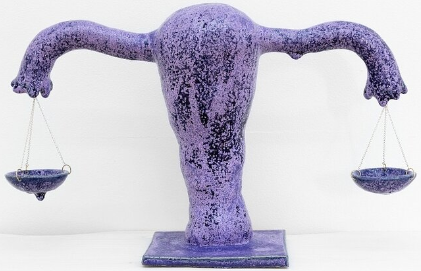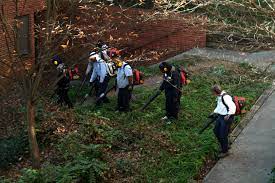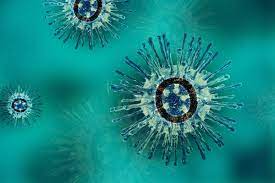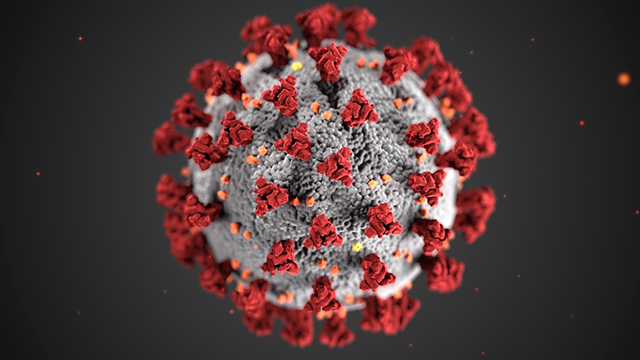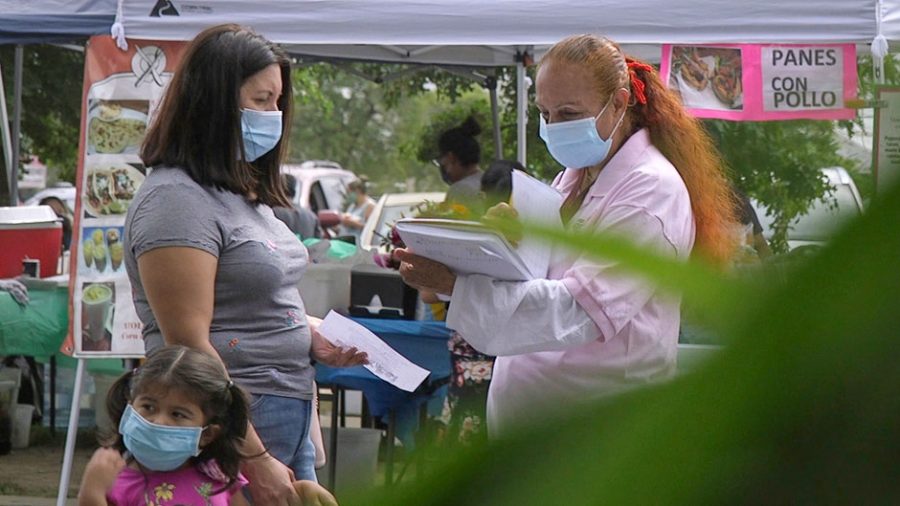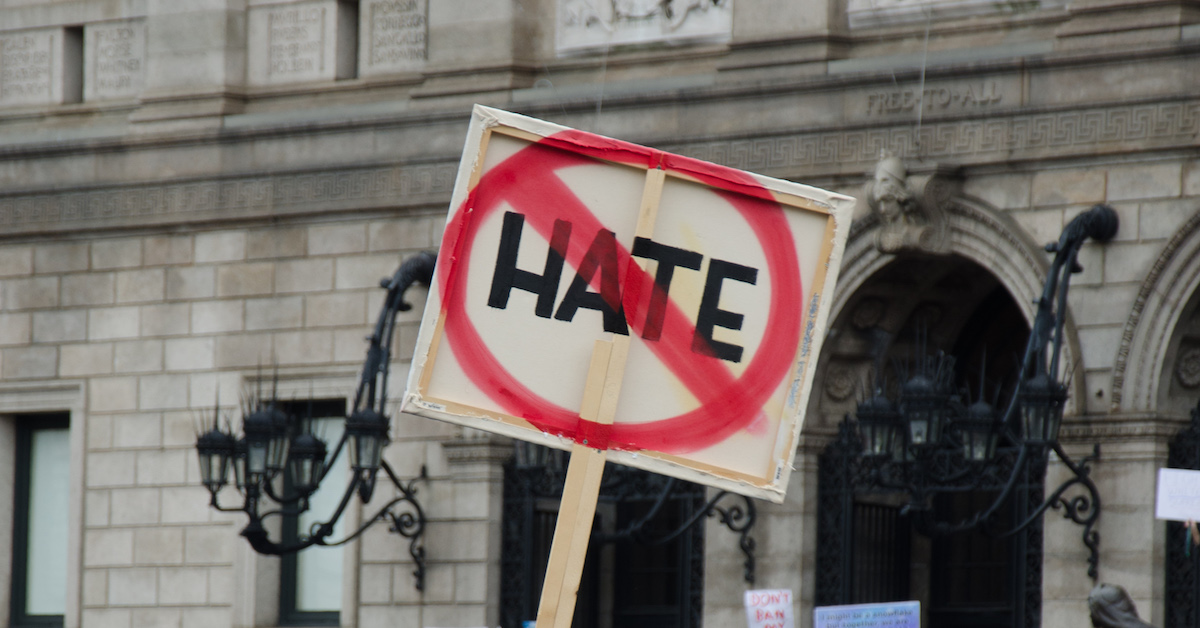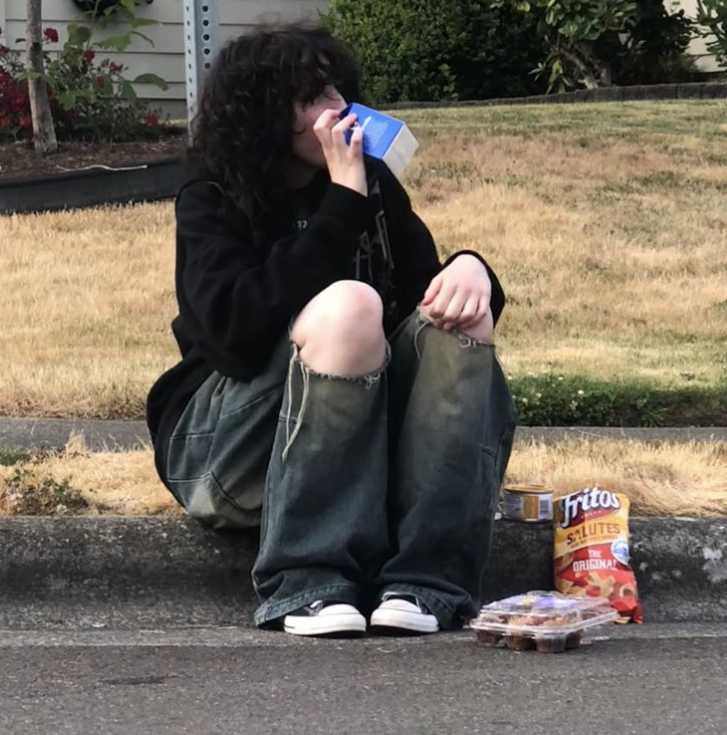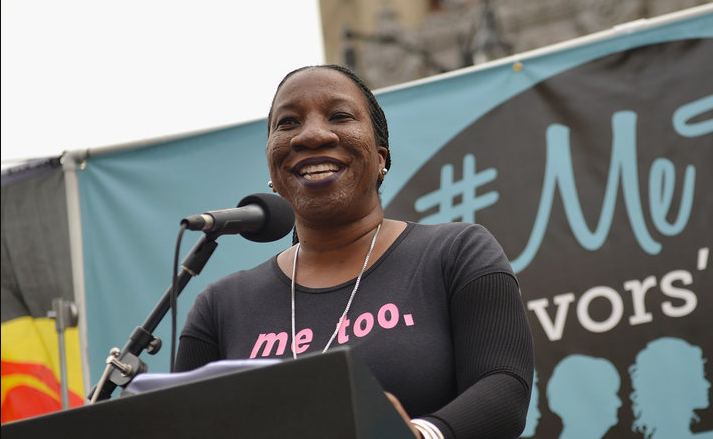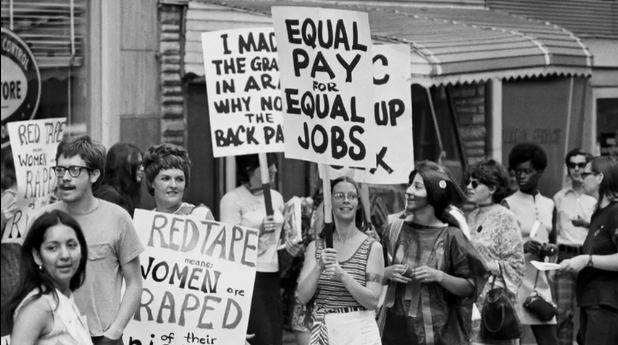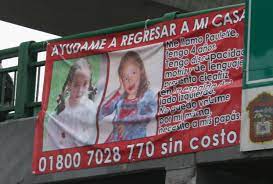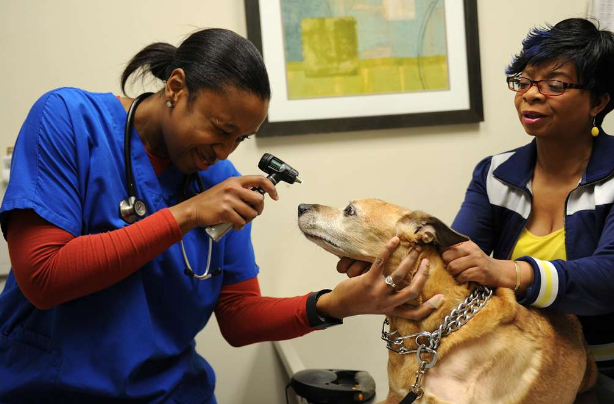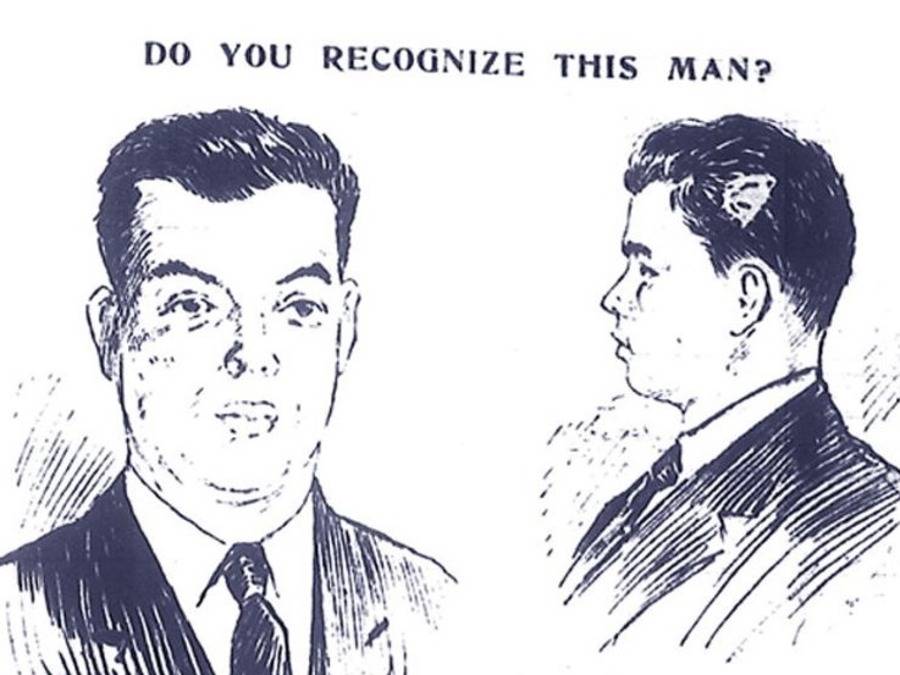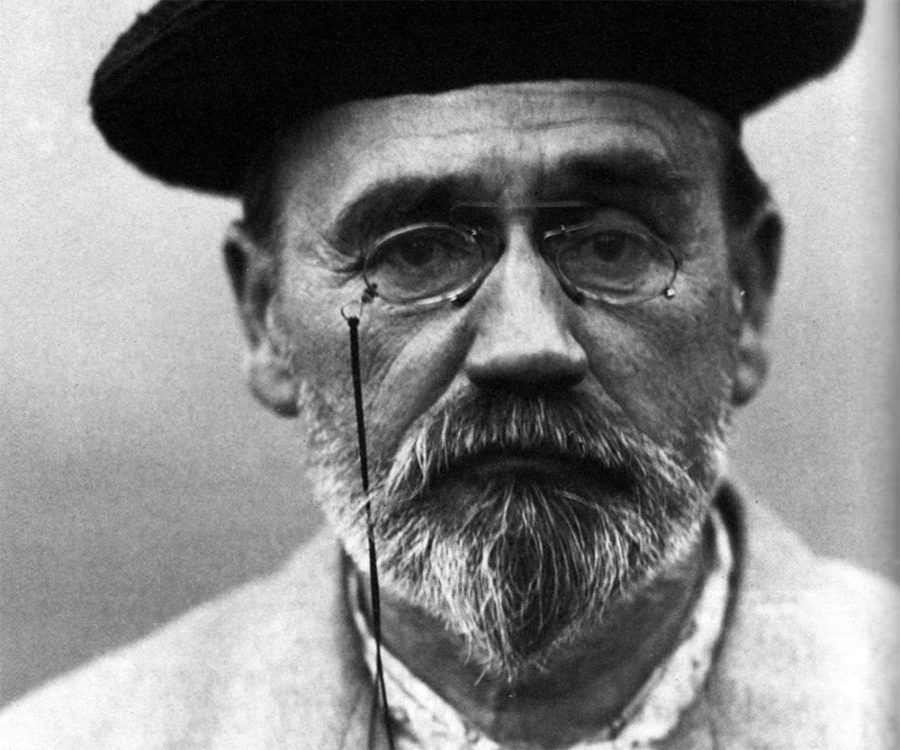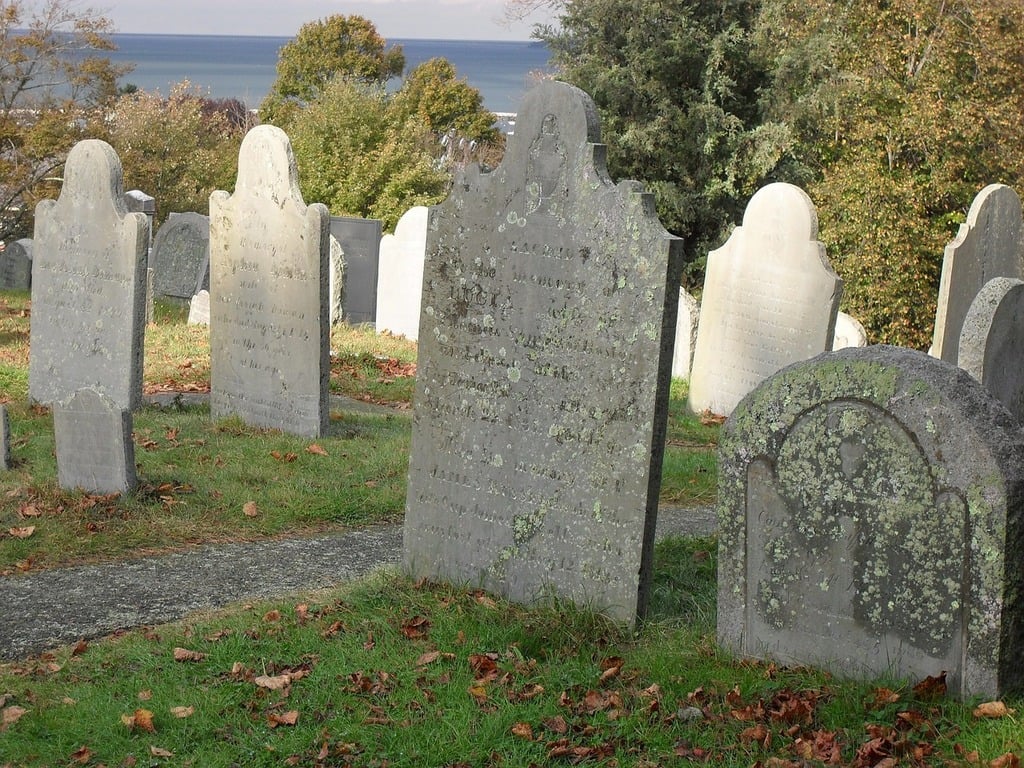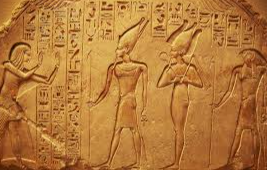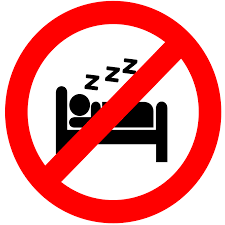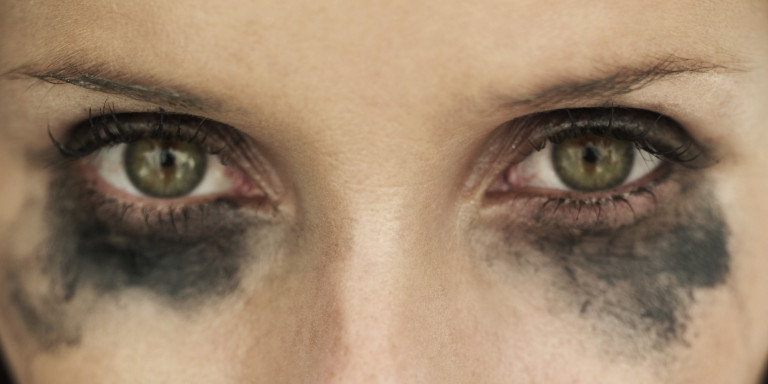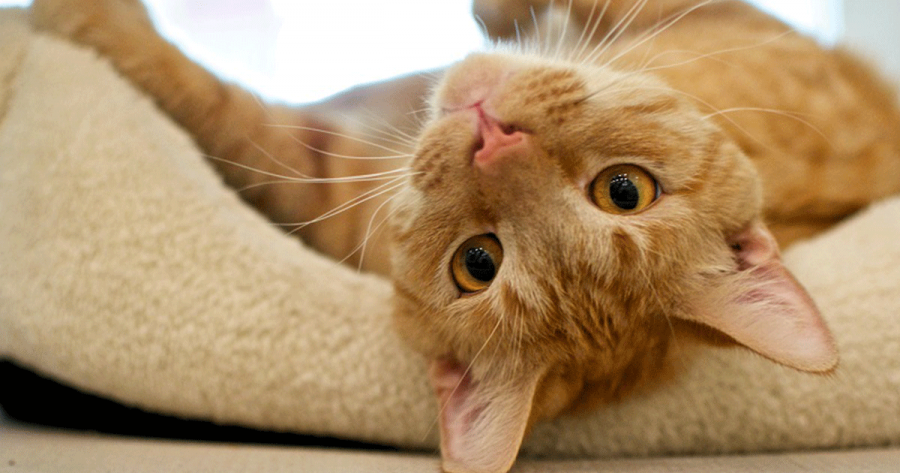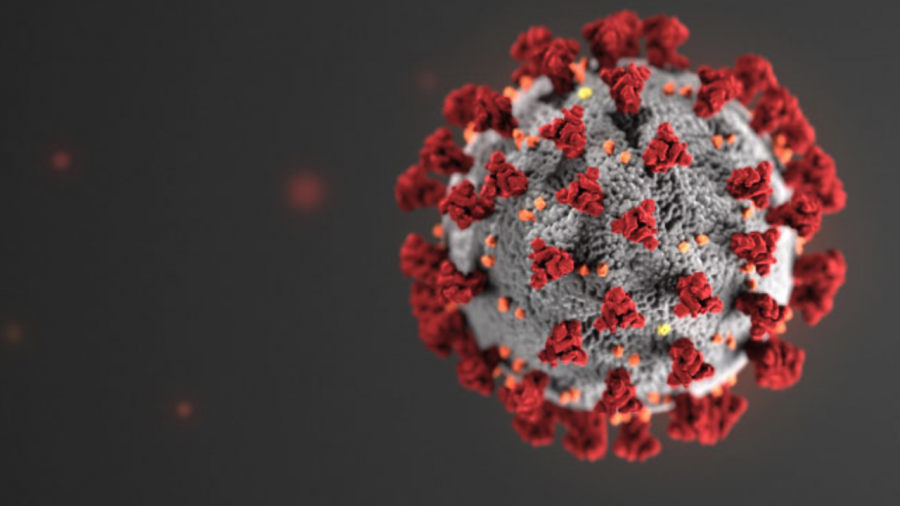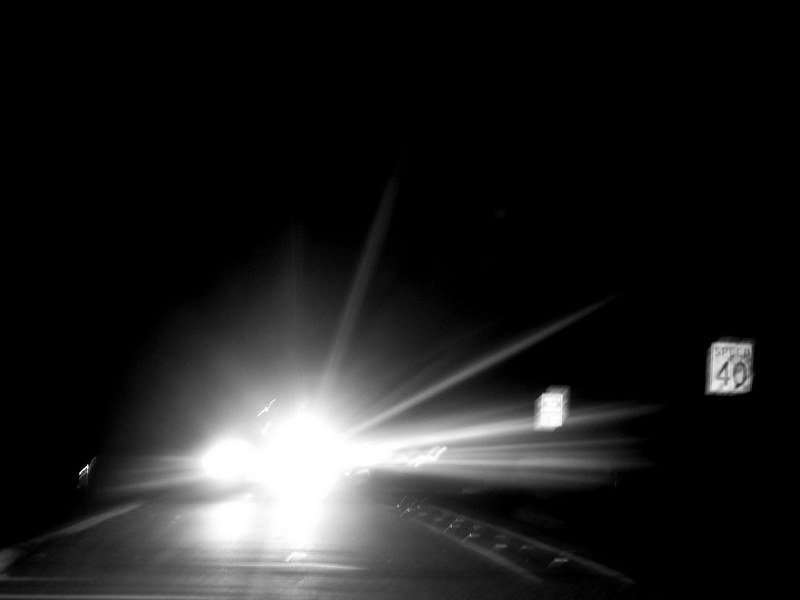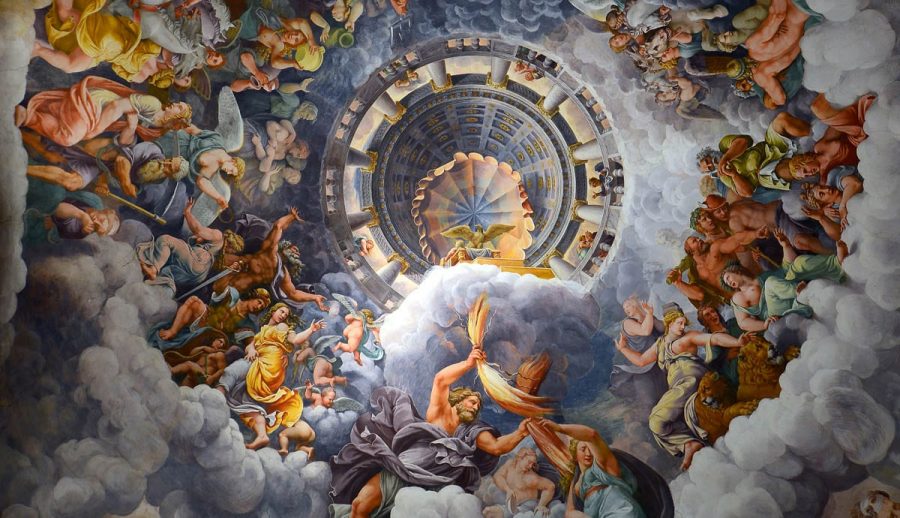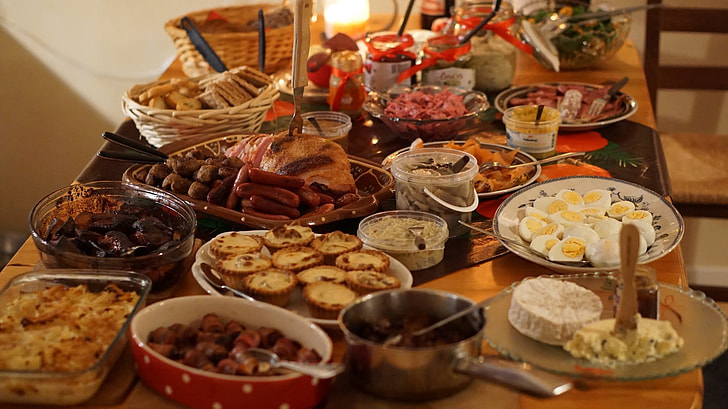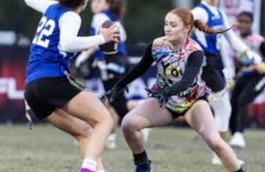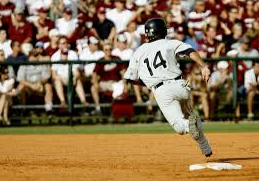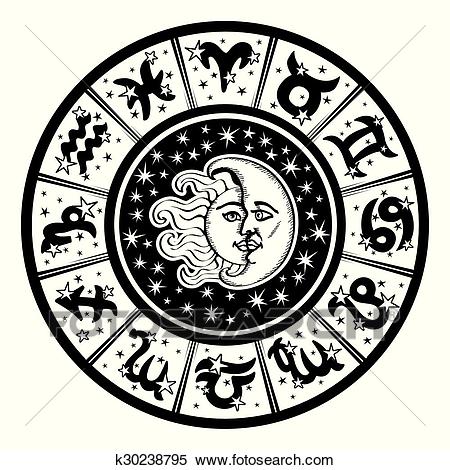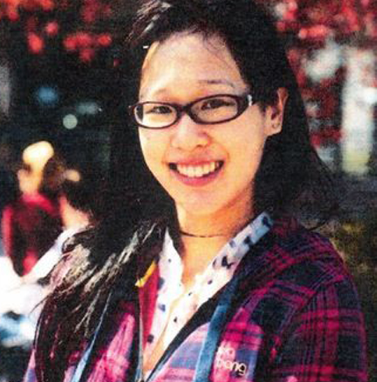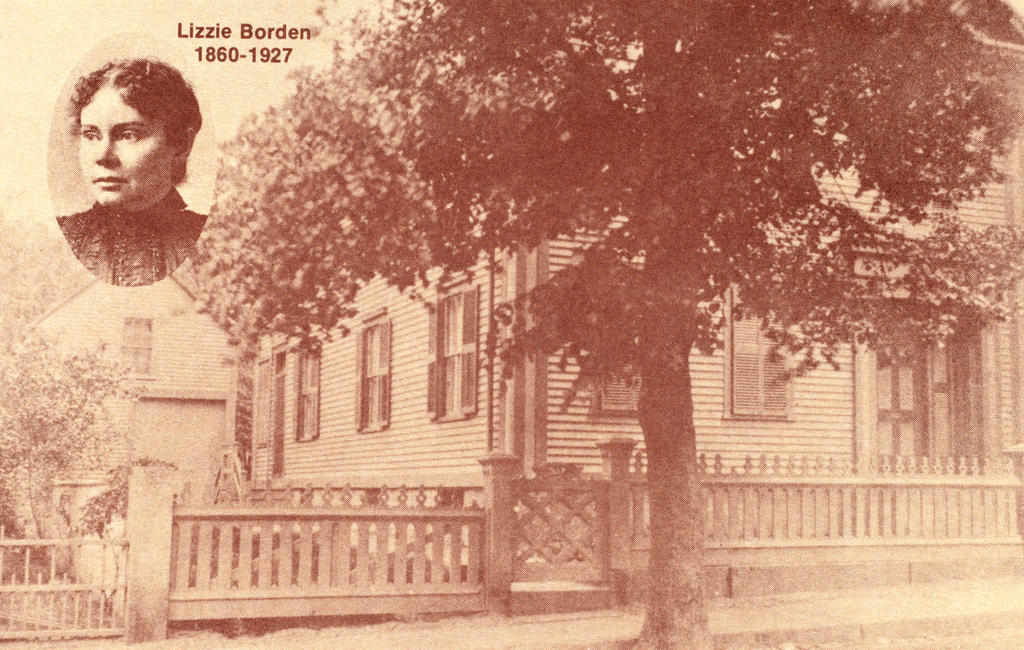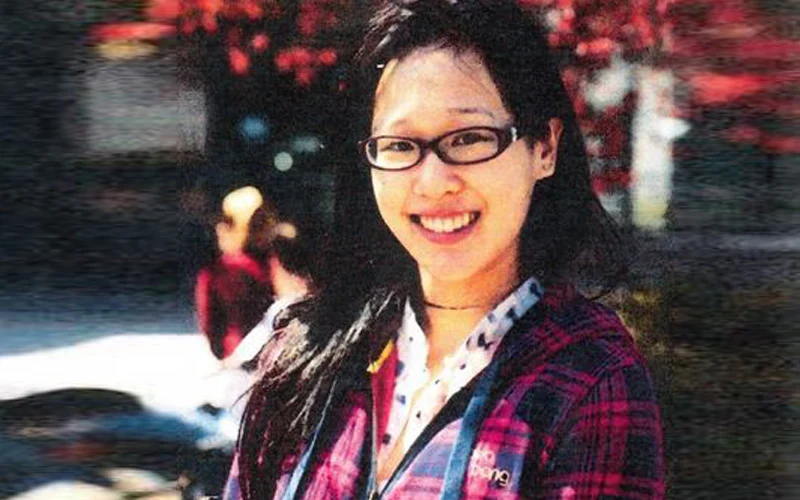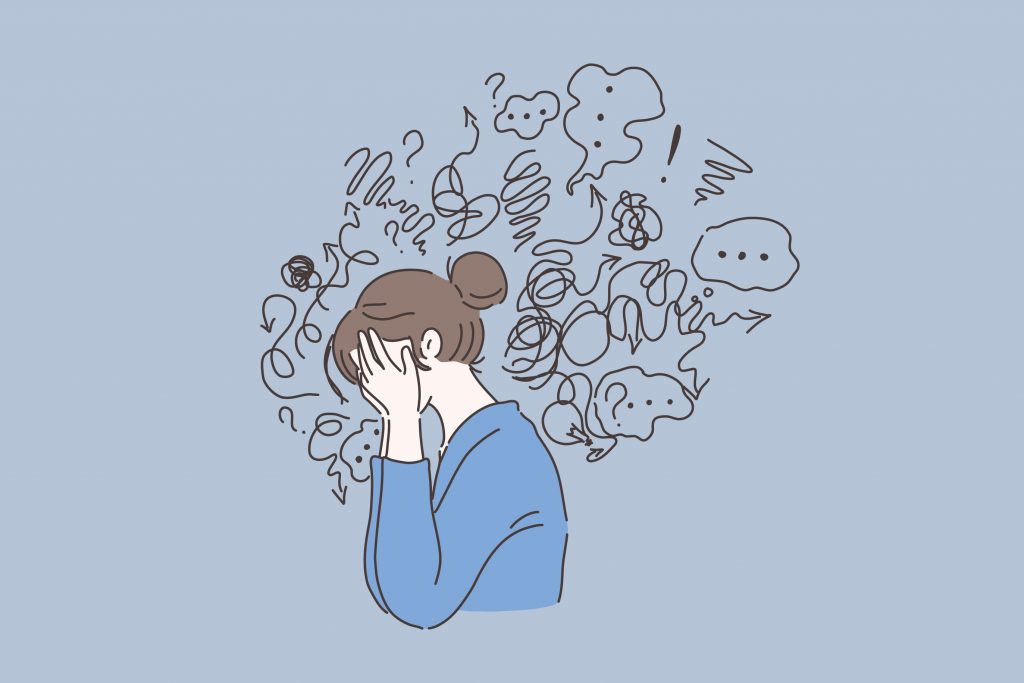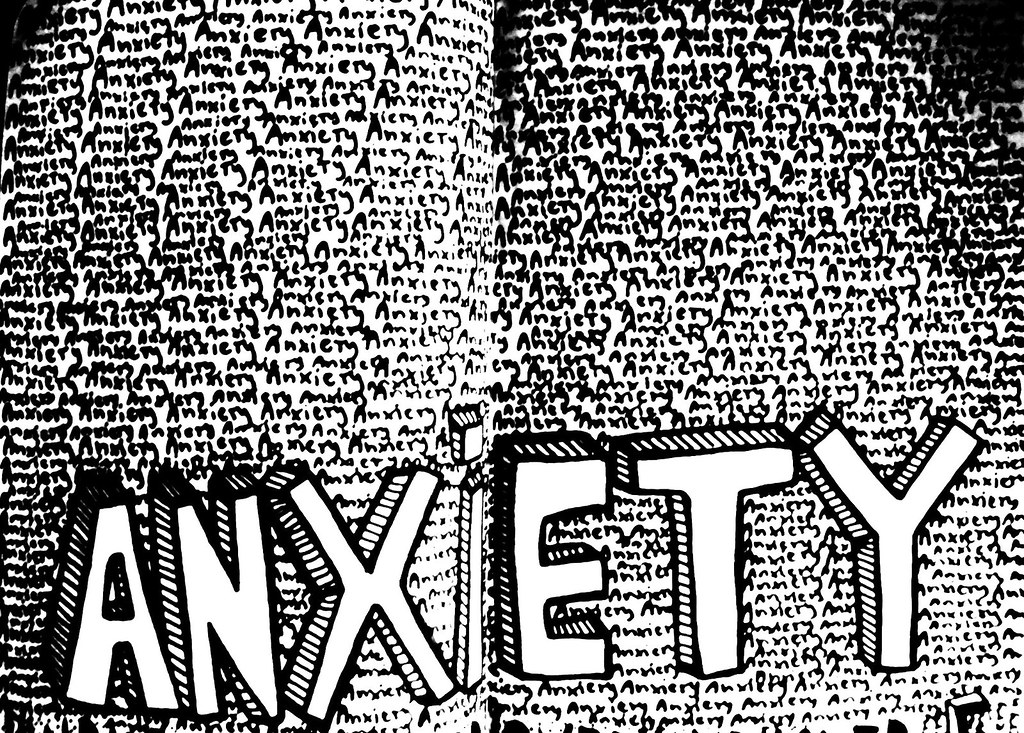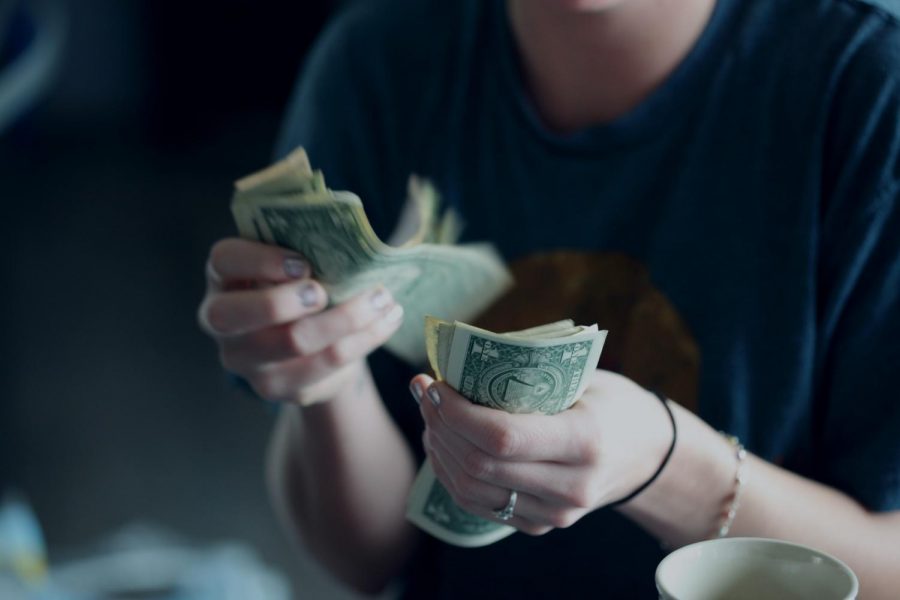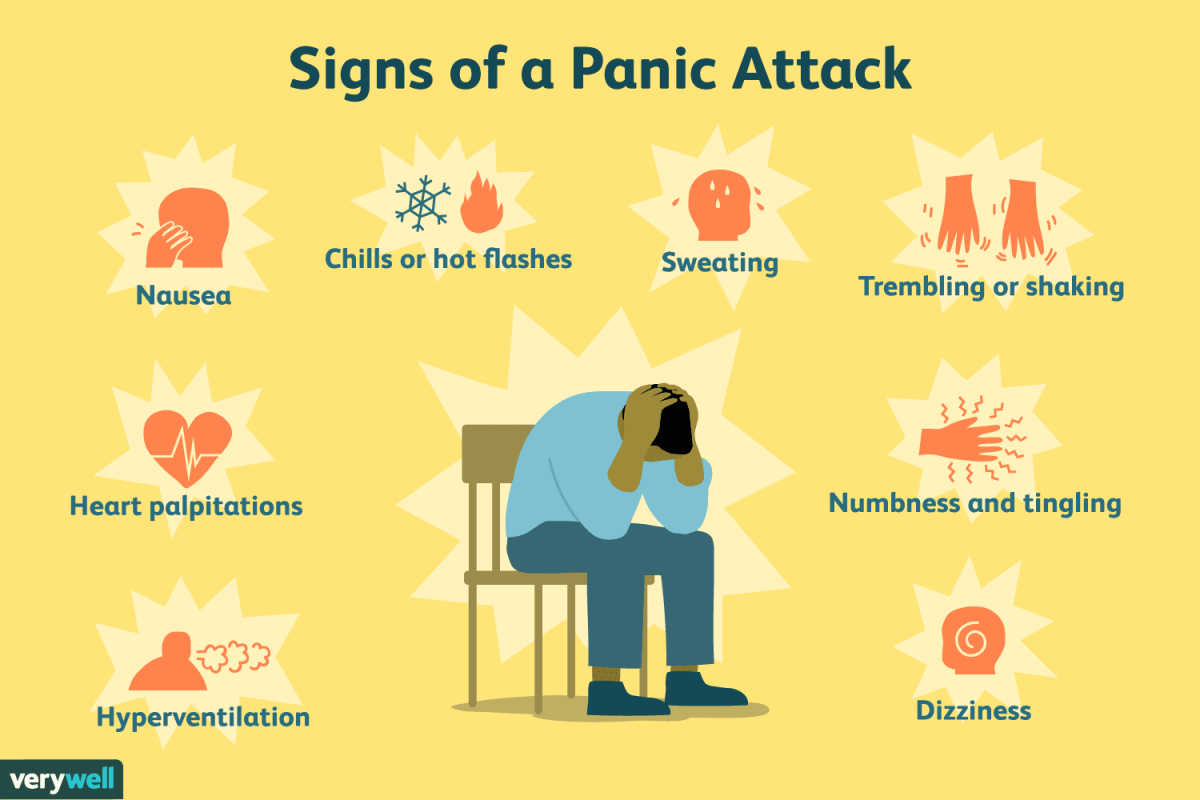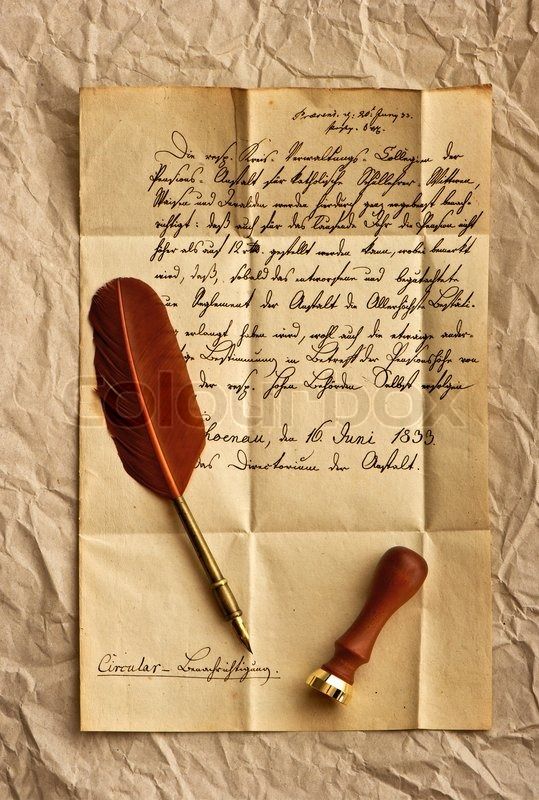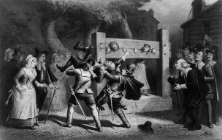
In the medieval era in 1692, the Salem witch trials started. The trials were a series of hearings and prosecutions of people accused of witchcraft. These trials were caused by a complex mix of religious anxiety, socio-economic tension, paranoia, injustice, and social tensions. Everything got more serious when the accusations started. The accusations began in Salem Village (known today as Danvers), leading to many arrests in numerous towns beyond the village, notably in Andover and Topsfield. Moreover, the townspeople believed that the reasons people became witches were that they were seeking a connection to nature, a desire for self-empowerment, control over their lives, or dissatisfaction with other faiths. The witches were assumed to be followers or possessed by Satan (the Devil). The townspeople started to convict the people whom they thought were witches, jailing around 150 suspected witches, both men and women, in Salem. Jailing around 150 suspected witches, both men and women, in Salem.
The Accusations Against Innocent People
One of the first accused witches in the Salem witch trials was named Bridget Bishop. She was arrested in April 1692, arguing that she was innocent. She was eventually tried by the Court of Oyer and Terminer, and found guilty, later becoming the first person to be hanged on June 10, 1692. Furthermore, everything got more serious when a lot of little girls aged nine to thirteen went crazy and felt sick. The reason why the children felt sick was because at that time, it was caused by a sickness named convulsive ergotism that caused symptoms of hallucinations, spasms, and crawling sensations! The townspeople were concerned and thought that they were witches. At least nineteen convicted witches were hanged, and some others were imprisoned in Salem village in the Massachusetts Bay Colony (now Danvers, Massachusetts). Another accusation followed a young four-year-old girl by the name of Dorothy Good, who was interrogated by magistrates, then confessed to using witchcraft in March 1692. She was then issued a warrant for her arrest on March 23, while Dorothy’s mother, Sarah Good, was arrested. She was then issued a warrant for her arrest on March 23, while Dorothy’s mother, Sarah Good, was arrested shortly after. In addition to this, Dorothy was found guilty after the trial and was sentenced to be hanged, but her mother took Dorothy’s punishment and was hanged in her place. As of that, Dorothy continued her life in prison until death.
The Witch Hunts
Most witches were hidden from the world because they would either be hanged or pressed. Even so, the townspeople showed no mercy to the witches because they were so afraid of getting cursed or worse. That’s why the townspeople of Salem started the witch hunts or also known as the witch purge. The witch hunts were a hunt for witches, showcasing any strange presence or causing problems with the townspeople. Any pets or animals owned or associated with witches were considered “witch pets” and were known as familiars. These included a wide variety of creatures such as cats (especially black cats), dogs, toads, birds, hares, and even insects. When the witches would get caught using witchcraft, they would have to go through a few tests to make sure they were human. Some tests were a pure water swimming test; if they were innocent, they would drown, but if they were guilty, they would float. One other test is called the pricker test, in which the townspeople would look for a spot on the body that didn’t bleed or feel pain. In the end, the witches went into hiding, and the Salem witch trials were slowly becoming less of a commotion than they had been before. As for the witches, their convictions were eventually fading, and many families received financial restitution. The community of Salem Village fractured, and many officials, including some accusers, later expressed public regret.







